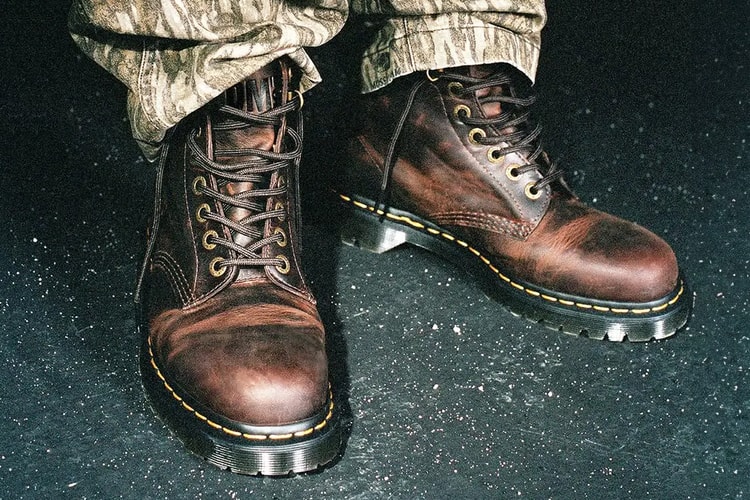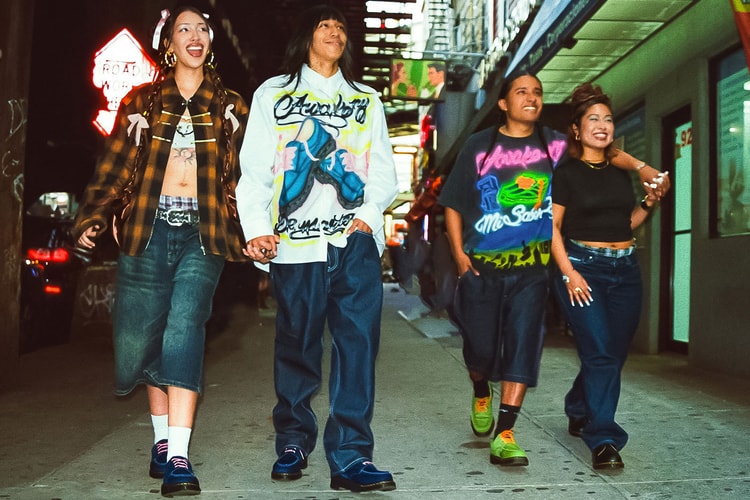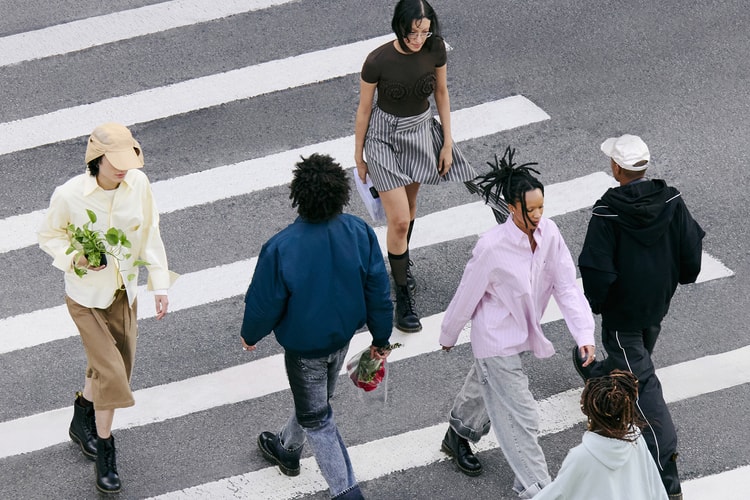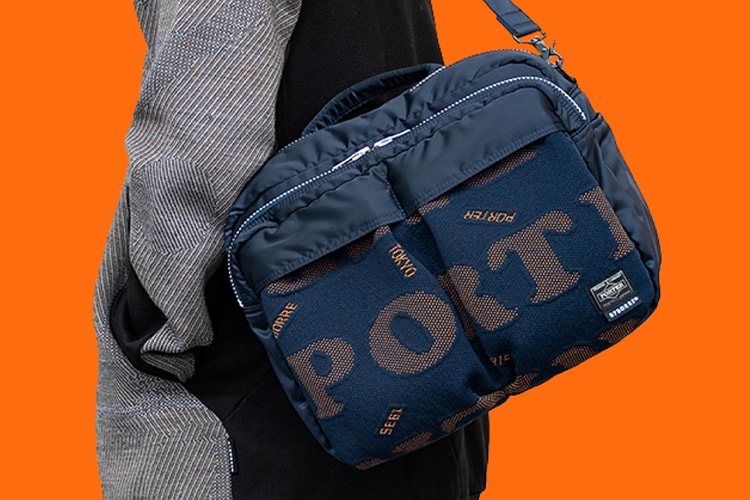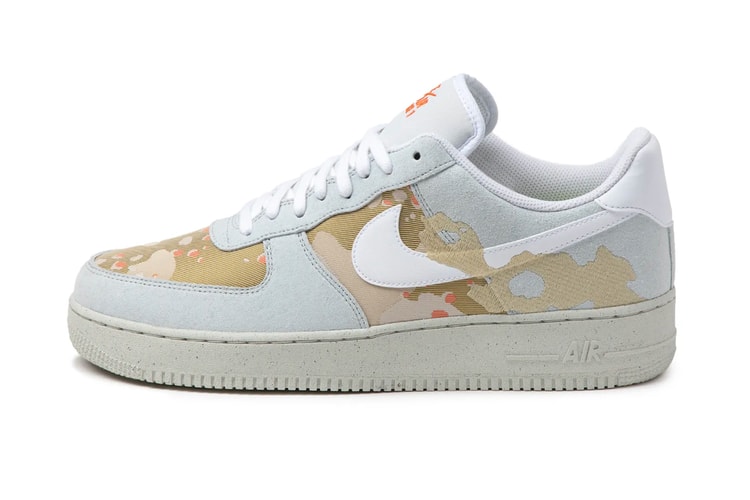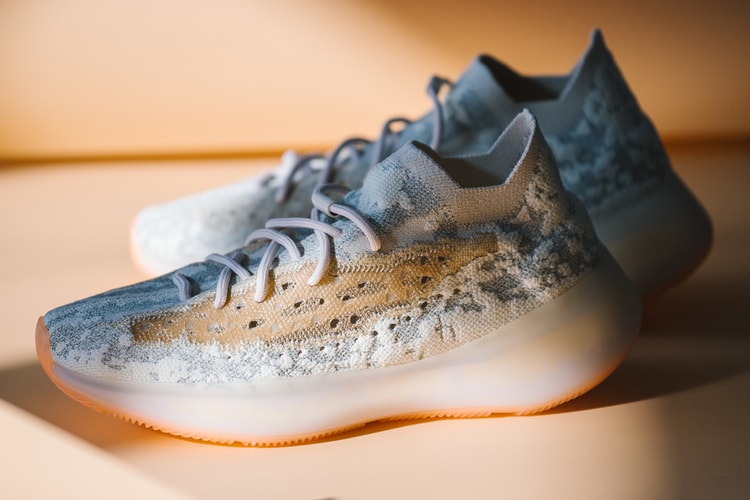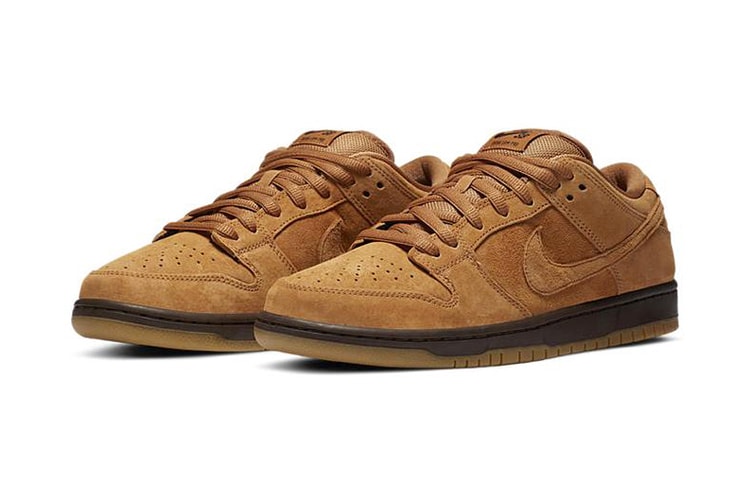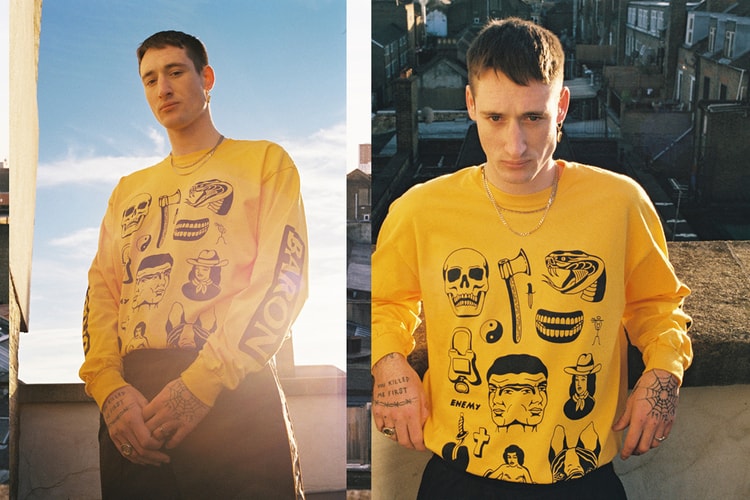Why Dr. Martens' IPO Makes Perfect Sense
How the brand became the most iconic name in British footwear.

Few footwear brands can rival Dr. Martens when it comes to its influence on subcultures across the globe. From the rebellious punks of the ‘70s and ‘80s, to the grungers of the ‘90s and indie kids of the noughties, the label remains a paradigmatic visualisation of countless eras.
Renowned for its unique air-cushioned soles, welted construction and contrasting yellow stitching, the British footwear label remains as popular as ever, seen on the daily across the streets of Europe. According to the BBC, the label sells on average around 11 million pairs of shoes a year, with annual sales of £672m – and is one of few brands to buck the impact that the Coronavirus pandemic has had on countless brands. In fact, Dr. Martens’ revenues for the six months leading to September 2020 were up by 18-percent on the previous year at £318.2m.
As a reflection of its ongoing success, the label closed 2020 with the announcement of its plans for an IPO in early 2021, a move set to be coordinated by Goldman Sachs and Morgan Stanley. Here’s what you need to know about the brand.
Dr. Martens’ History: A Brief Timeline
Founded by German doctor Klaus Märtens in the second world war, the original Dr. Martens’ boot was devised while on leave after injuring his ankle while skiing. Designed with extra cushioning and durable tires as soles to protect and support his foot, the model soon caught on and instantly became popular amongst women over the age of 40. Following continued success through to the 1950s, the rights to the sole were purchased by the Griggs family, a move that saw the brand’s U.K. migration.
After being adopted as uniforms by subcultures like punks in the ‘70s and ‘80s, the label’s 1460 silhouette became one of the most commonly seen boots on the streets of the United Kingdom. Soon after into the 1990s, grungers and rockers had taken the 1460 in, styling it in a different kind of way, yet making it work. The boot’s stand-out eyelets and unmistakable shape make it a striking choice of footwear, yet its vast array of colorways and fabric variations the brand came to create have since made it one of the most adaptable boots on the market.
Canny Collaborations
One way that Dr. Martens has retained its relevance,where other brands haven’t succeeded? Through a consistently intelligent approach to collaboration. The brand’s partnerships have spanned luxury fashion, mass-market, and culture, ensuring they find favour with a broad spectrum of consumers. The brand has intermittently produced runway footwear for labels including Raf Simons, COMME des GARÇONS and UNDERCOVER, particularly specialising in new adaptations of the 1460.
Indeed, last year, the brand embarked upon a 12-month series of designer reimaginings of the 1460, pairing with the likes of Marc Jacobs and Bodega on collaborative releases — as well as Penton Loafer with Stüssy — while its success in Asia has also resulted in collaborations with brands like Yohji Yamamoto, BAPE, Engineered Garments and BEAMS.
As a nod to its rich history in music, Dr. Martens has also previously partnered up with the Sex Pistols for a Bill Grundy-inspired capsule, as well as the legendary designer Peter Saville for a Joy Division/New Order rework that saw the 1460 and 1461 dressed in graphics from three of the band’s most recognised album covers.
What’s next for Dr. Martens?
Following the conclusion of its 1460 Remastered project last year, Dr. Martens kick-started 2021 with a Chinese New Year-themed release which saw the 1461 doused in jade detailing, and a pattern inspired by waves on the sea, a reference to the role of water in Chinese culture where it symbolizes wealth and it continuing to flow.
While the majority of the fashion industry focuses on survival, Dr. Martens remains focused on growth. Speaking to the BBC, the label’s chief executive Kenny Wilson is convinced the business has “significant global growth potential” and admitted that it had invested heavily in its plans. Having identified another 154 million untapped customers across the globe, 2021 could prove crucial for the brand.






